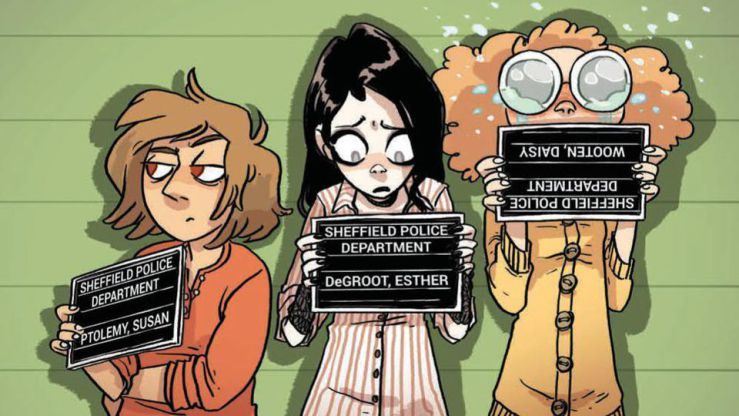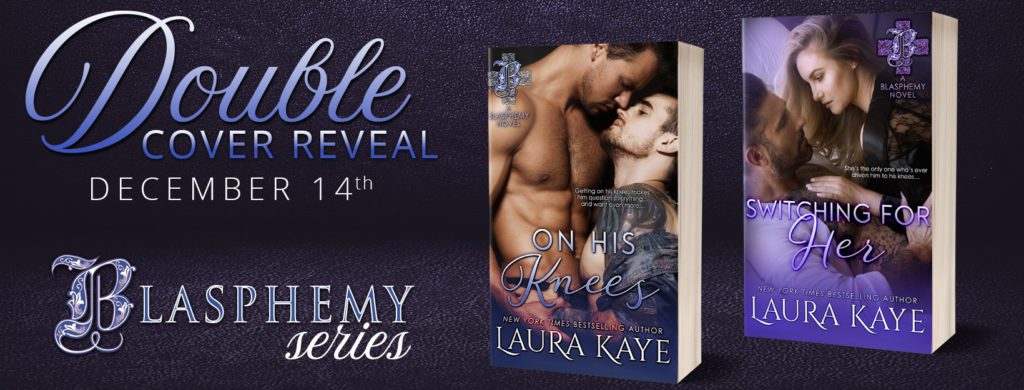As promised last Week, today we are going to talk about fairy tale retellings and mythology in books, mostly in YA, because that´s what I know most about (because it´s what I mostly read). But before we start with that, we have to go all the way back to the beginning, to lay the ground work for what follows. And no, I don´t mean creation stories (though those are going to be a later topic, maybe…making me wonder if there are any books out there specifically adapting creation stories as their main plot and if that would even work…If you know some, leave them in the comments, I´m getting curious.) No, what I mean is the functions of myths and fairy tales. Why are we telling those tales? Because they are so much more than crazy stories of long gone times.
Why Myths?
The most basic question of all, what the hell are we talking about? Looking at Wikipedia, a myth is defined as a “traditional story, consisting of events that are ostensibly historical, explaining the origins of a cultural practice or natural phenomenon.” The word originates from the greek mythos (μῦθος) and basically just means story. So we are dealing with stories, explaining the world. But with this explaining comes a lot of baggage. It´s not just that easy.
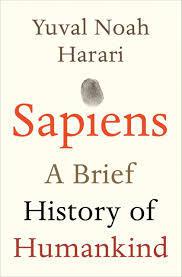 You see, Yuval Noah Harari points out something very interesting in his book Sapiens: The stories we humans tell ourselves, those myths, they are what actually makes us capable to exist in groups, speak, societies, containing more than 150 people. Without myths, without the capability of talking about something truly fictional, and believing in it, we wouldn´t be able to form societies. It´s the common believe that ties us together, that defies us. This myths that shape our societies don´t actually have to be the classical myths we think about, like Zeus turning into a swan to sleep with Leda and father Helen. Myths can be so much more. Harari uses big companies as examples for that, but what happens in the USA at the moment, with the discussion about the monuments of the confederacy, and them getting taken down is also myths in action. Now, people, especially black people living in the US can explain what they mean, and what the deal with them is so much better than I, but the basic gist is this: Because the myth about the ante bellum south is shaping this society, and the statues are part of forming, of performing this myth. By taking them down the narrative itself starts to be reshaped and reclaimed. Myths no only connect our society, they shape it and what it looks like. So yes, for a group of crazy story they can be pretty powerful. And very, very dangerous.
You see, Yuval Noah Harari points out something very interesting in his book Sapiens: The stories we humans tell ourselves, those myths, they are what actually makes us capable to exist in groups, speak, societies, containing more than 150 people. Without myths, without the capability of talking about something truly fictional, and believing in it, we wouldn´t be able to form societies. It´s the common believe that ties us together, that defies us. This myths that shape our societies don´t actually have to be the classical myths we think about, like Zeus turning into a swan to sleep with Leda and father Helen. Myths can be so much more. Harari uses big companies as examples for that, but what happens in the USA at the moment, with the discussion about the monuments of the confederacy, and them getting taken down is also myths in action. Now, people, especially black people living in the US can explain what they mean, and what the deal with them is so much better than I, but the basic gist is this: Because the myth about the ante bellum south is shaping this society, and the statues are part of forming, of performing this myth. By taking them down the narrative itself starts to be reshaped and reclaimed. Myths no only connect our society, they shape it and what it looks like. So yes, for a group of crazy story they can be pretty powerful. And very, very dangerous.
Because what those myths also do, by forming a society, is creating and us vs. them. Situation. Those in the next village, they don´t believe the same things we do, they are different, they aren´t like us. It´s the easiest way to make a society stick, and something that´s troubling humanity to this day.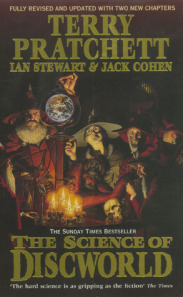
Terry Pratchett, still sadly missed, once, together with Ian Stewart and Jack Cohen, claimed in The science of Discworld, that calling humans homo sapiens sapiens is actually wrong, that in truth we are not the wise wise human (which is basically obvious for anyone actually paying attention to us and the choices we made throughout history, really), but pan narrans, the Storytelling Chimpanzee. Given the importance stories and myths play for our society, it´s not hard to see that he has a point.
Why fairy tales?
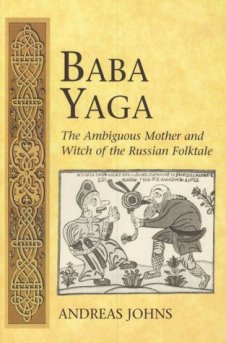 If myths shape a society, fairy tales work a level lower, but follow basically the same principle. Just like myths, they are oral stories, told to transport values and behaviours that count as good in a given society. The slavic, mostly russian, fairy tales featuring Baba Yaga are a good example, as you can actually tell how her behaviour toward the story’s protagonist changes, depending on whether the protagonist is male or female. Also age plays a part, Baba Yaga behaves differently towards a male child than a female child, but she will also treat and adult male protagonist different than a male child. Same for female protagonists. Because what she tests are the values of her society and if the protagonist fulfils them, and they are obviously different for boys, girls, children and adults. Andreas Johns` Book Baba Yaga: The Ambiguous Mother and Witch of the Russian Folktale really goes into detail about that, so if Baba Yaga and her behaviour interest you, give this book a try.
If myths shape a society, fairy tales work a level lower, but follow basically the same principle. Just like myths, they are oral stories, told to transport values and behaviours that count as good in a given society. The slavic, mostly russian, fairy tales featuring Baba Yaga are a good example, as you can actually tell how her behaviour toward the story’s protagonist changes, depending on whether the protagonist is male or female. Also age plays a part, Baba Yaga behaves differently towards a male child than a female child, but she will also treat and adult male protagonist different than a male child. Same for female protagonists. Because what she tests are the values of her society and if the protagonist fulfils them, and they are obviously different for boys, girls, children and adults. Andreas Johns` Book Baba Yaga: The Ambiguous Mother and Witch of the Russian Folktale really goes into detail about that, so if Baba Yaga and her behaviour interest you, give this book a try.
But back to fairy tales, because just because they transport values and are generally regarded as simpler tales than myths, it doesn´t mean that they can´t be used to shape a society. Or a state. Because that´s what was basically going on with the Brother Grimm fairy tales.
Picture this, Germany is trying to establish itself as a state. Problem, it´s territory is basically made up by hundreds of small principalities, who have been independent for centuries, and who have a lot of past and old wars between them. Not the ideal recipe for state building. But a lot of people were really into the idea, that there was a common German past, something to unify this country. If history didn´t do the job, then culture had to step in. That´s one of the reasons the Brothers Grimm (and others like them, but we´ll stick with the brothers as an example) started their fairy tale collection. Those stories were typically German, product of this common and proud, long existing culture…yeah, no.
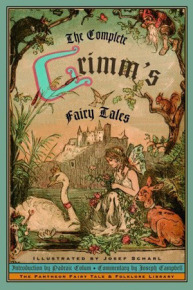 Basically, the Grimms cheated the heck out of this. Their collected stories were heavily edited by them (check out the history of Rapunzel for example) and the people, mostly women, who told them those stories, weren´t exactly the salt of the earth, poor farm wives and grandmothers, telling those stories on cold winters nights, they claimed they were. One of their most used sources, Dorothea Viehmann, learned the stories in her father’s inn, party from travelling soldiers, which means they come from all over Europe. Another story teller was a highly educated woman, Marie Hassenpflug, who, just like her sisters, who also told the Grimms stories, was the descendant of a French Huguenot family. So basically those fairy tales are French, heavily inspired and similar to Charles Perrault´s, and this is highly ironic, because France was Germans worst enemy at the time. Ups. So much for authentic German fairy tales.
Basically, the Grimms cheated the heck out of this. Their collected stories were heavily edited by them (check out the history of Rapunzel for example) and the people, mostly women, who told them those stories, weren´t exactly the salt of the earth, poor farm wives and grandmothers, telling those stories on cold winters nights, they claimed they were. One of their most used sources, Dorothea Viehmann, learned the stories in her father’s inn, party from travelling soldiers, which means they come from all over Europe. Another story teller was a highly educated woman, Marie Hassenpflug, who, just like her sisters, who also told the Grimms stories, was the descendant of a French Huguenot family. So basically those fairy tales are French, heavily inspired and similar to Charles Perrault´s, and this is highly ironic, because France was Germans worst enemy at the time. Ups. So much for authentic German fairy tales.
In Short
So, to conclude, myths and fairy tales have functions, they shape societies and behaviours and they are inherently political. What all of this has to do with YA and the retellings of fairy tales is going to be the topic for another time.
Advertisements Share this:

